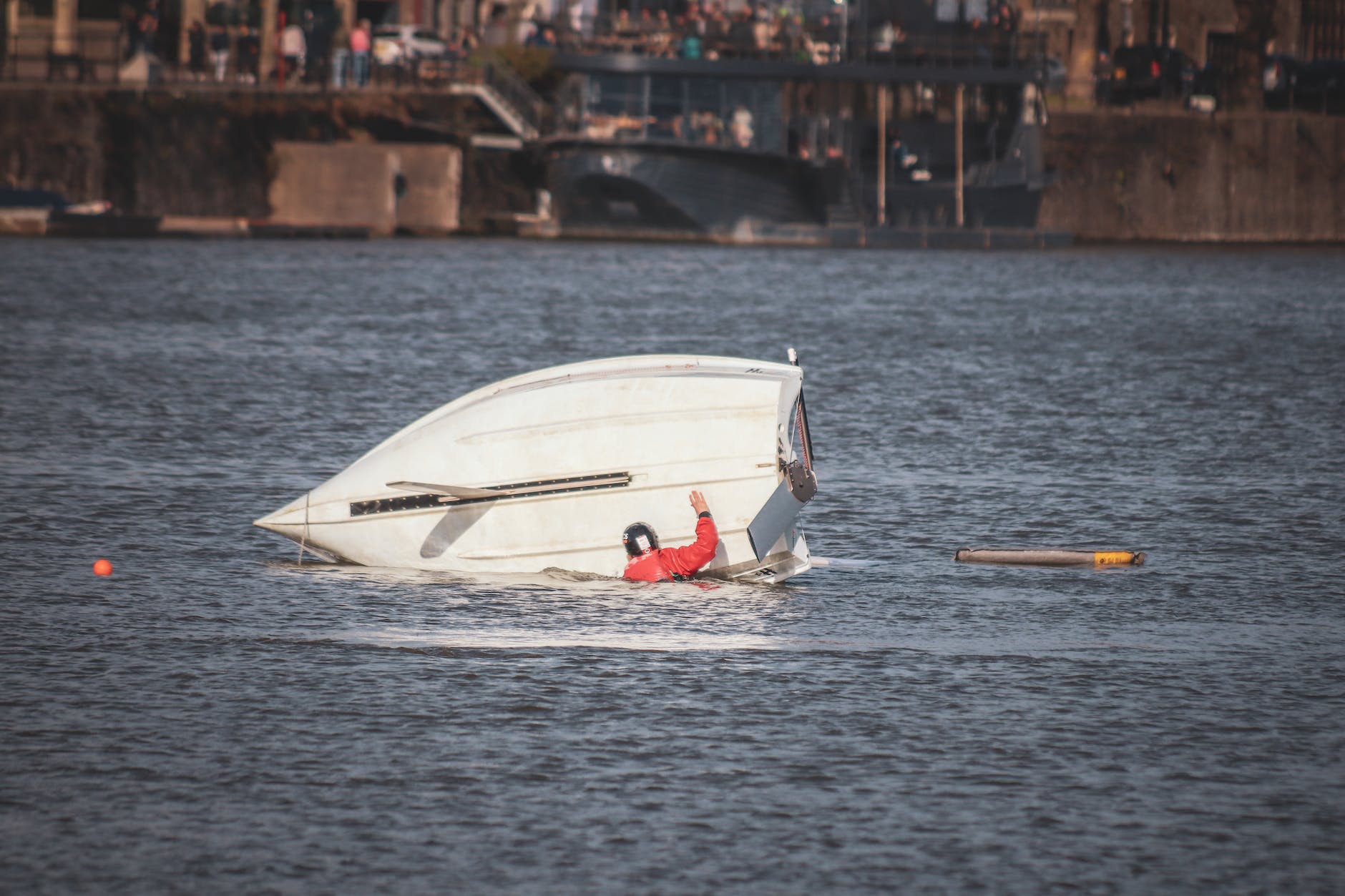A new study reveals that boating-related fatalities and accidents are more common in some parts of the country than in others.
With summer officially underway, Americans across the country are once again heading outside for leisure time in nature. Longer days and warmer temperatures make it easier to spend time outdoors. The end of the school year often sends families out on vacations and other excursions, while major holidays like the upcoming 4th of July allow nearly everyone to take time off to enjoy the outdoors.
In the heat of summer, one of the most popular ways to take in the outdoors is to hit the water. An estimated 100 million Americans—nearly one-third of the total U.S. population—go boating each year. According to the U.S. Bureau of Economic Analysis, recreational boating and fishing is the largest conventional outdoor recreation activity in the U.S., adding nearly $31 billion to the nation’s GDP in 2021.
 |
Boating’s popularity has continued to grow in recent years, even amid an overall decline in the economic impact of outdoor recreation. Over the last half decade, the overall inflation-adjusted economic value of outdoor recreation has declined by 4%. This trend was driven in part by significant declines in sectors like “festivals and events” and “amusement and water parks” that were heavily impacted by closures and disruptions from the COVID-19 pandemic. The boating and fishing category, meanwhile, has seen its value increase by 6% over the same span, making the category one of eight to experience positive growth.
 |
The increased interest in boating during the pandemic may have contributed to a rise in the number of boating-related accidents as tracked by the U.S. Coast Guard. For most of the last two decades, boating accidents and injuries have generally trended downward over time. But from 2019 to 2020, the first year of the pandemic, the total number of reported boating accidents spiked by 26%, while boating-related injuries and deaths both increased by 25%.
 |
While the number of boating accidents has fallen again since 2020, boating is an activity that carries some degree of risk, especially when boat operators behave irresponsibly. Operator-caused issues—such as inattentiveness, inexperience, excessive speed, and alcohol use—are among the top contributing factors to boating accidents in the U.S. In contrast, accidents caused by equipment, weather, or while loading and unloading the boat are much less common. Training for boat operators—or hiring an experienced boat captain—can help mitigate some of the most common risks. Among accidents where the operator’s level of boating instruction was known, 74% of deaths occurred on boats where the operator had not received any education.
Boat operators and passengers will also find that accidents are more common in some parts of the country than in others. Florida far outstrips any other state in the total number of boat deaths and boat accidents, but the Sunshine State also had the largest number of recreational boat registrations in each of the past five years, with an average of over 960,000 vessels registered each year. After adjusting for the number of vessels, however, Utah leads the nation with an accident rate of 105.9 per 100,000 vessels—nearly three times the national average—while Alaska leads all states with a boating fatality rate of 33.6 per 100,000 vessels, which is six times the overall U.S. rate.
The data used in this study is from the U.S. Coast Guard’s Recreational Boating Statistics, covering the five-year period from 2018–2022. To determine the states with the most boating-related fatalities, researchers at Captain Experiences, an online platform that helps people find and book fishing trips, calculated the average annual boating fatality rate per 100,000 registered recreational vessels in the state. In the event of a tie, the state with the higher average annual boating accident rate was ranked higher. Researchers also calculated the total number of deaths, number of accidents, and property damages over the five-year period. To improve the comparability of data across states, states that require registration of all watercraft without restrictions (such as all non-motorized vessels, canoes, kayaks, etc.) were not included.
The analysis found that between 2018 and 2022, Massachusetts experienced an average of 55.5 boating-related accidents and 5.2 boating-related fatalities per 100,000 registered recreational vessels. Here is a summary of the data for Massachusetts:
- Average annual boating fatality rate: 5.2
- Average annual boating accident rate: 55.5
- Total number of deaths (2018–2022): 34
- Total number of accidents (2018–2022): 364
- Total property damages (2018–2022): $8,938,677
For reference, here are the statistics for the entire United States:
- Average annual boating fatality rate: 5.6
- Average annual boating accident rate: 37.2
- Total number of deaths (2018–2022): 3,307
- Total number of accidents (2018–2022): 22,057
- Total property damages (2018–2022): $323,128,431

















